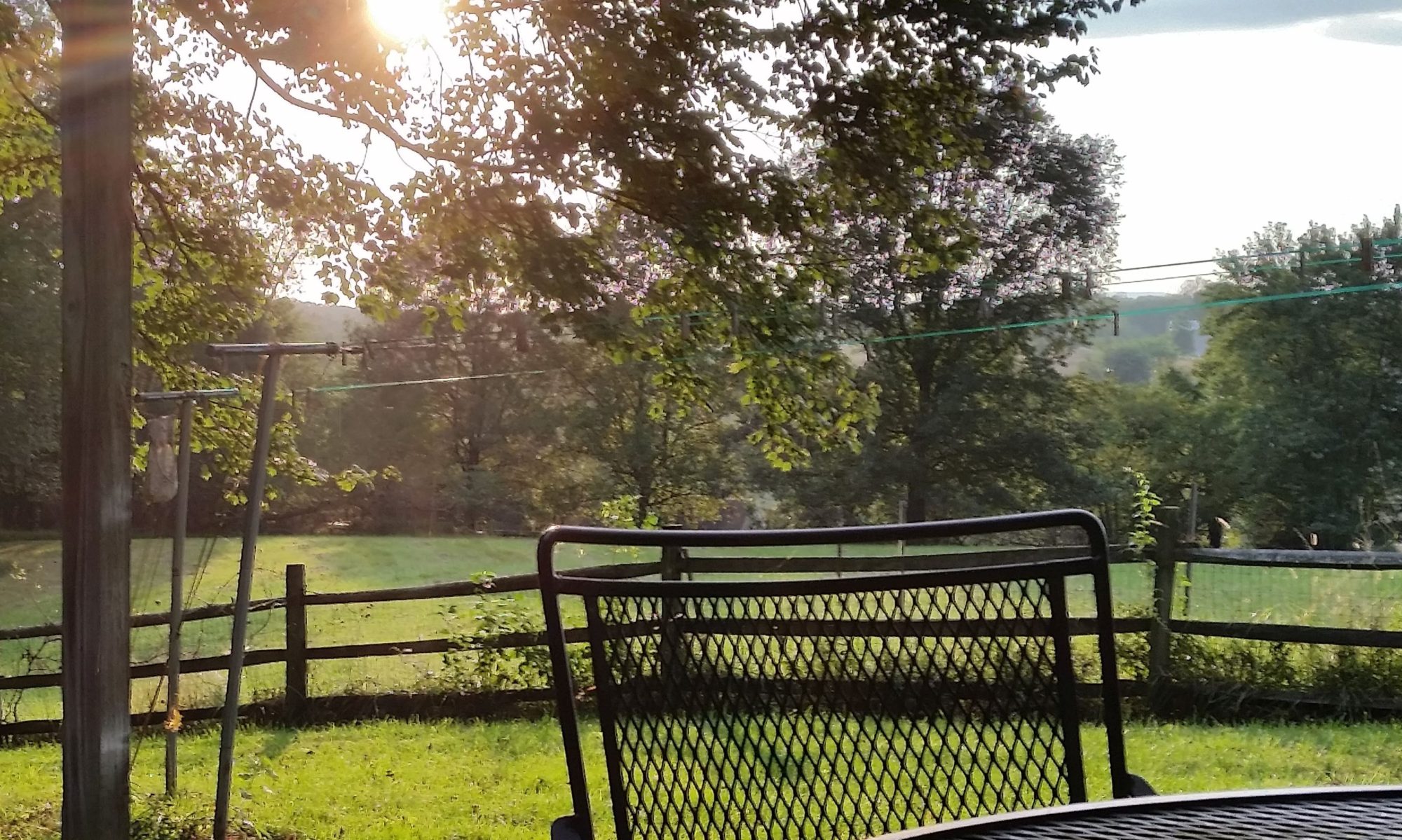Some of the links below are affiliate links, meaning, at no additional cost to you, I will earn a commission if you click through and make a purchase.
While I’ve been lax in updating this blog, I’ve been (reasonably) active with some experimentation. My last brew day, one week ago today, saw one modified “normal” batch and one experimental, and I’ll be whipping up two more experimental batches tomorrow evening.
The modified batch was a version of my (quite popular) Kolsch recipe, but with the volume turned up to 11. I believe it will end more like a pale ale than anything else. I was down to basically dregs on my current base malt stash, and decided to use it all; this bumped the starting gravity up about 25-30 points. I increased the bitterness by a similar amount, keeping the BU:GU ratio roughly the same… It will still be quite pale, I believe–something in the golden range–but with a firm bittering, and a solid malt backbone.
The experimental batch was based on the idea of caramelizing honey for a mead. Several folks have done so-called “bochet”, or “burnt” meads, with the results being described as different, if not entirely to their liking. I was going for a slightly less “cooked” flavor, and hoping for an improved color. (Not that a straw-gold mead is a bad thing, but it’s just a bit… well, overdone.) I took my “spare” pot (7.5 gallons) and emptied 10lbs of wildflower honey into it. With a touch of water to rinse the honey containers, the total volume was right about 1 gallon.
| Honey, before the boil |
All accounts that I’ve read regarding boiling/caramelizing honey when making bochet indicate that it foams up quite a lot. I had planned on simply stirring like mad to keep it from boiling over; let me recommend instead using a very low flame. The stuff literally tried to crawl out of the pot.
| 45 minutes into the boil; still climbing the pot, but a lovely color. |
I boiled for about an hour, all told; the honey turned a lovely deep amber, and even my kids commented on the “caramel” smell. A second word of warning for those who would follow in my footsteps: bees can smell the honey cooking. They will come to try to “rescue” it. Lots of them will. At the end of the hour, there were about 6 big bumblebees and maybe 15-20 honeybees swarming the pot. At least three of the honeybees gave their lives trying to grab some of the honey–they got “caught” by bursting bubbles, and fell into the pot. I don’t think they’ll throw the flavor off by much, though. At any rate, the end result is quite pretty, and is (still) fizzing away happily.
| The mead and the Kolsch; the mead is the dark one just left of center. |
As for tomorrow’s adventures, I’ll be throwing together some more meads–a few folks over on the GotMead forums have some “quick” meads, supposedly ready-to-drink in 3-5 weeks. We shall see. I’ll try to document those here, with pics.
